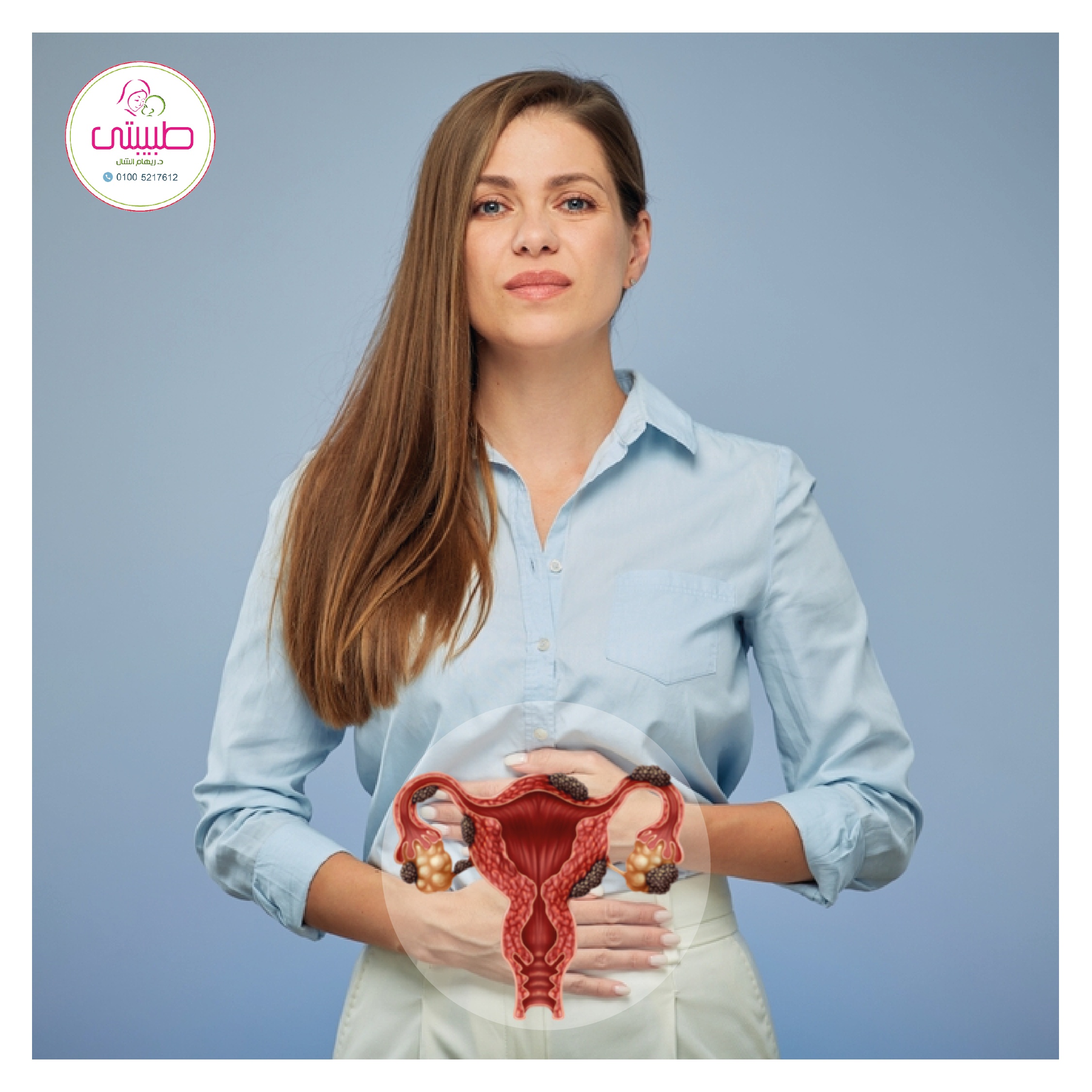Endometrial Thinning: The Most Serious Cause of Infertility and Is There a Treatment؟
In the journey of pregnancy, every part of a woman’s body plays an important role, but there is a “silent hero” no less important than the egg itself — the endometrium (uterine lining). Even if the egg is excellent and fertilized successfully, failure of the endometrium to receive the embryo may be the greatest obstacle to pregnancy.
What is the endometrium and why is it important?
The endometrium is the inner lining of the uterus, which prepares every month to receive a potential embryo. During the menstrual cycle, specifically after the bleeding ends, the endometrium begins to grow under the influence of hormones and reaches a certain thickness during ovulation to be ready to receive the fertilized egg.
If fertilization does not occur, this lining sheds as menstrual bleeding, and the cycle starts anew.
However, in some cases, this lining is very thin and unable to support or nurture the embryo, leading to implantation failure and thus delayed pregnancy.
What causes endometrial thinning?
1. Hormonal imbalance:
• A deficiency in the secretion of hormones responsible for the growth of the endometrium.
• Or the presence of hormones that counteract their action, such as elevated prolactin hormone or thyroid disorders.
2. Problems in the endometrium itself:
• Sometimes the problem lies in the “basal layer” of the endometrium, which is the layer that regenerates the uterine lining every month.
• Some surgeries, such as curettage after miscarriage or severe bleeding, may unintentionally remove this layer.
3. Chronic infections:
• Some severe infections reaching the pelvis can cause significant damage to the lining and lead to adhesions or destruction of the basal layer.
4. Previous medical interventions:
• Such as radiation therapy, chemotherapy, or any surgical procedure on the uterus.
To watch the video here: https://youtu.be/k6RtmekhpM0?si=C_BnpuX4Xf7FIFAV
Is there a treatment for endometrial thinning?
Yes, in many cases it can be treated depending on the cause:
• Hormonal regulation: with appropriate medications, whether to stimulate deficient hormones or reduce those negatively affecting the lining.
• Medications to stimulate endometrial growth: such as estrogen or drugs that help increase blood flow to the uterus.
• Specific IVF protocols: in some cases, embryo transfer is postponed to another cycle that shows a better endometrial response.
• Treating infections: through appropriate therapy to prevent further damage to the lining.
• Specific interventions to improve the uterine environment: such as intrauterine injection of platelet-rich plasma or specialized growth factors.
Can pregnancy happen despite a thin endometrium?
The happy surprise is: yes!
There have been pregnancies with an endometrial thickness not exceeding 8 mm, and even cases with adhesions or severe thinning of the lining. Pregnancy is not only a medical miracle but also a matter of God’s will. There are cases where all methods failed, yet pregnancy occurred suddenly.
In conclusion…
Endometrial thinning is one of the hidden and serious causes of infertility. It may occur due to:
• Hormonal disorders
• Chronic infections
• Previous surgeries
• Problems in the formation of the lining itself
But despite its seriousness, there is hope. Treatment is possible, improvement is achievable, and results sometimes exceed expectations. The most important thing a woman can do is follow up with a specialist doctor, perform all necessary tests, and never lose hope.
If you are affected by infertility, we have gathered for you all topics related to delayed pregnancy in detailed lessons with scientifically documented and organized information to help you reach the motherhood dream you deserve:

